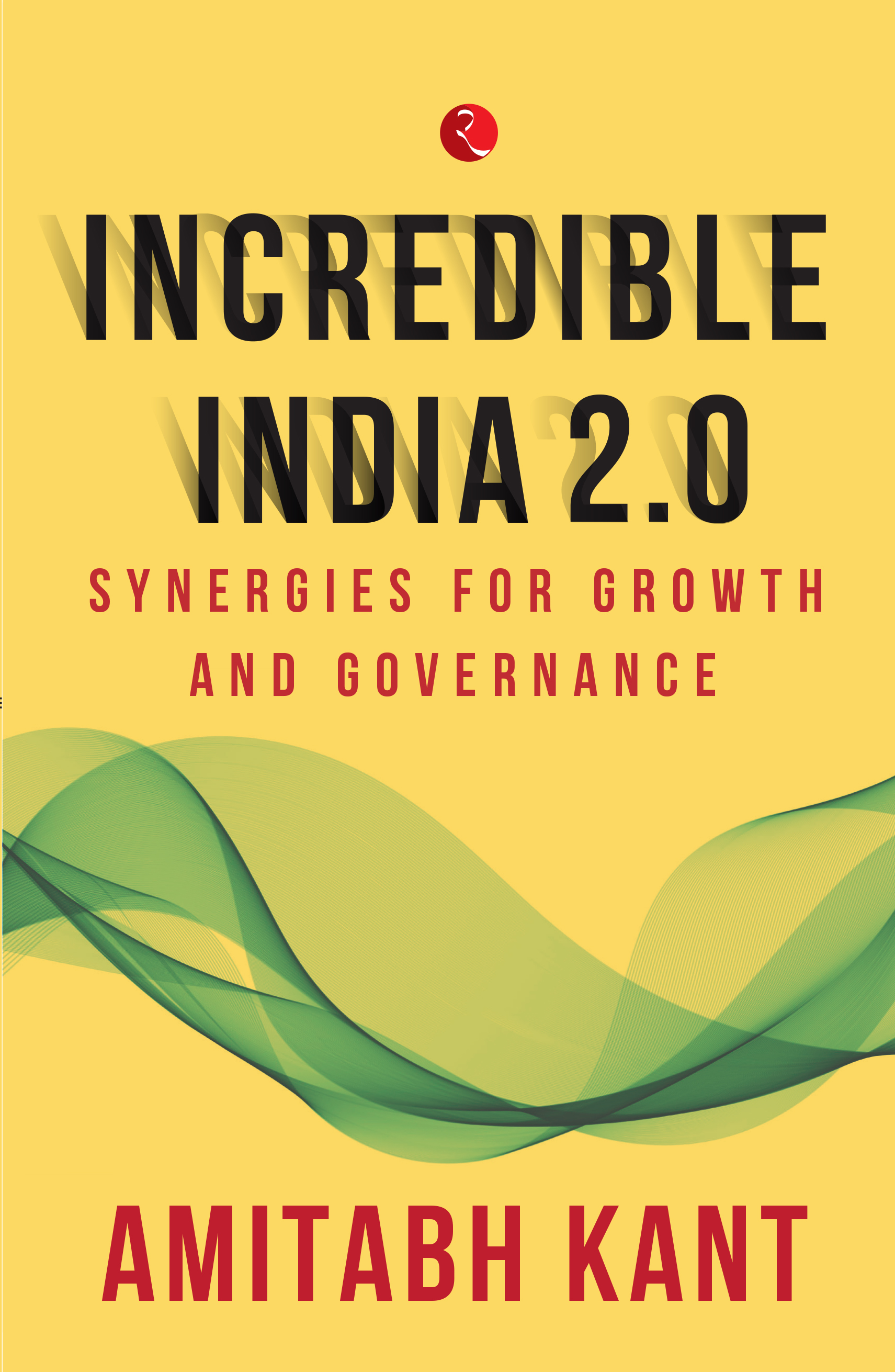Incredible India 2.0 – Homegrown Innovation: How Start-ups are Transforming India

In Incredible India 2.0, Amitabh Kant covers a wide range of aspects that India must achieve to become a world-leading nation. From developing clusters that foster productivity and innovation, thereby making India the global hub for seamlessly doing business, to creating an ecosystem of shared mobility to become a critical enabler of growth in urban areas, to the manner in which the Aspirational District Programme is forging the first step to ensuring a nationally inclusive development strategy, these developments show the extent of the path-breaking solutions for key sectors that can emerge as the cornerstone for India’s future growth. These unique and focused ideas form a ready reference not just for young minds, but will also enthuse and inspire future leaders of this great country on its journey to becoming a global powerhouse.
In the following excerpt, the author expounds on the importance of start-up culture in driving growth and innovation in India

Technology and innovation are at the heart of transforming India. In recent years, technological change has been a major driver of rapid and sustained growth. An increasing number of advanced technology start-ups, the rising adoption of data analytics, AI and IoT in everyday processes, and continuing investor interest in Indian start-ups have helped create a dynamic innovation ecosystem in the country. A notable feature of India’s start-up landscape is that the focus is not restricted to any single sector or group of the population. From providing access to financial services to enhancing the quality of health and education, India’s start-ups are revolutionizing service delivery and quality across all segments of society.
India has certain inherent strengths that support the vibrant start-up culture. First, robust economic growth and a demographic dividend have created a large domestic consumer base with rising purchasing power. Second, a large number of STEM (science, technology, engineering and mathematics) graduates are eager to take part in India’s technology revolution. Third, a large number of entrepreneurs are keen to address the opportunities and challenges that India offers. In addition, the government has focused on easing the business environment for start-ups, removing regulatory barriers for MSME and building infrastructural platforms to facilitate technology solutions. In this environment, more than USD 40 billion has poured into the Indian start-up ecosystem since 2014. The high level of investment in Indian start-ups emphasizes global and domestic investors’ confidence in India’s start-up ecosystem.
For example, take the financial services sector. The development of UPI—a real-time payment system that works across banks—has been a game-changer. Together with initiatives like RuPay to support electronic payments, it has democratized access to finance for a large section of India’s population. UPI, which was launched initially with 21 banks on board, today has 114 banks on the platform. It has crossed 400 million transactions in volume as of September 2018. In addition to enabling domestic start-ups to build payments solutions for India, it has incentivized large global technology companies such as Google, Amazon and Samsung to jump headfirst into the Indian payments markets. Other components of the financial services ecosystem have also bloomed. For example, technology-powered credit solutions have emerged as one of the most well-funded and rapidly growing segments in fintech in India, helping MSME realize their business potential.
LEVERAGING TECHNOLOGY TO ENHANCE HEALTH AND EDUCATION
The focus on technology and Digital India has also enabled a new generation of socially focused start-ups that develop and scale solutions for sectors such as health, education and agriculture.
Healthcare in India faces the challenges of access, affordability and lack of quality practitioners and hospitals. Technology can help address these issues to a critical extent. SigTuple is addressing the issue of access through intelligent screening solutions aiding in quick diagnosis. It has developed a low-cost system for performing basic screening and advanced diagnosis of blood samples, X-rays and retinal scans. SigTuple’s AI algorithms can analyse patient samples, send them to a pathologist for review and return final results to the point-of-care within five minutes. Tricog, another Indian start-up, uses AI for real-time cardiac diagnosis. Through its cloud-based electrocardiogram (ECG) machines installed at health centres, Tricog helps doctors detect heart complications faster than the conventional methods.
Similarly, within education, firms are using technology to address the lack of quality teachers, access to infrastructure as well as diverse pedagogical needs. For example, Embibe, which uses advanced AI for a personalized learning platform, is disrupting the education sector by improving learning outcomes at the individual student level. Embibe’s ‘relative quartile jump’ methodology works on students’ behaviour traits and sets goals for improving their behaviour. Using a smart test generation system combined with intelligent content ingestion, the platform generates learning paths and curves to improve students’ learning and scoring capability.
***
Get the book here: https://amzn.to/35MIfdJ
***

